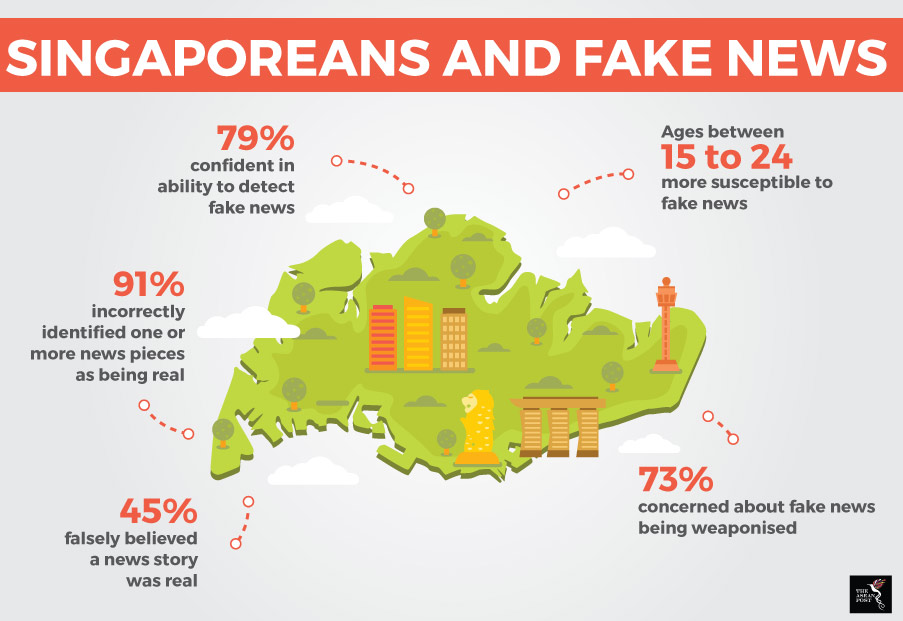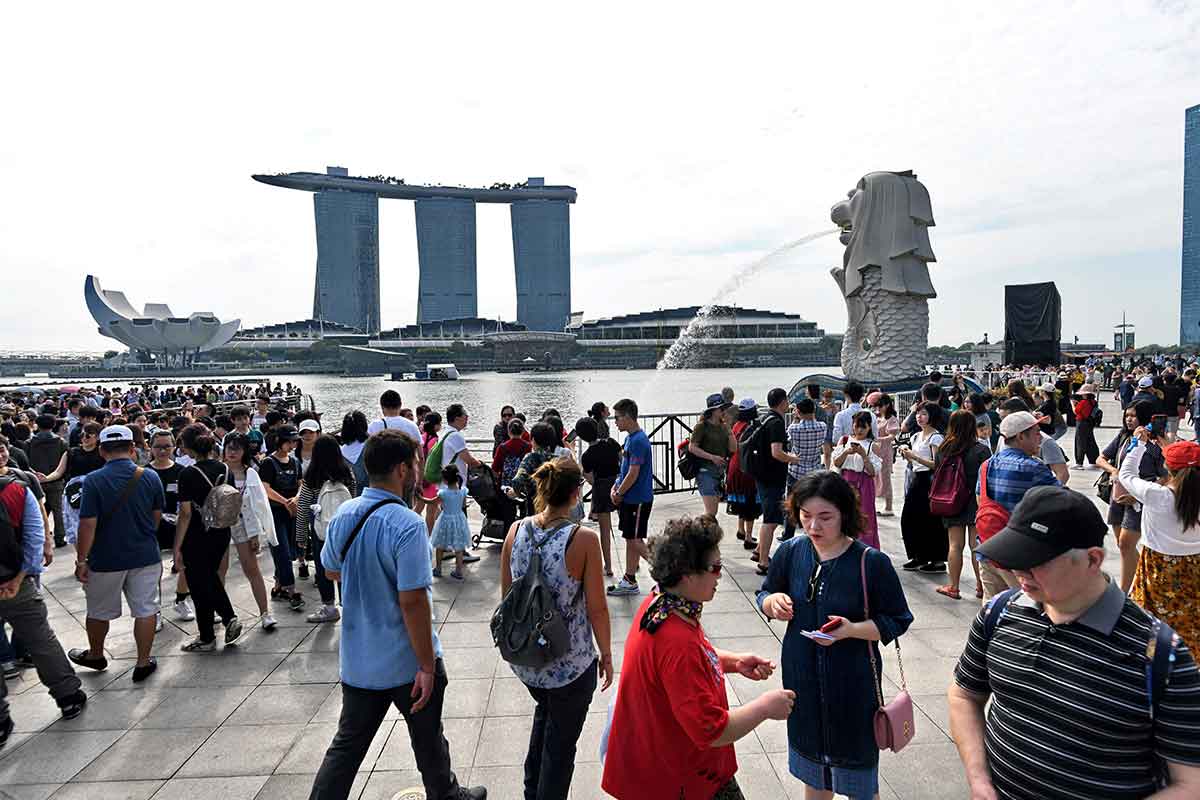In India, something as simple as a WhatsApp message can be as deadly as a live bullet. While no official count is kept, police and government officials estimate that more than two dozen people have been killed by mobs thanks to the spread of fake news through the popular messaging app. IndiaSpend, a data journalism outlet, believes the figure to stand at 33 killed in 69 incidents of mob violence between January 2017 and July 2018.
What’s happened in India, however, is only one notable example of how fake news can lead to the deaths of innocent people all over the world. The fact of the matter is that fake news is more than just a term coined for certain individuals’ political agendas. The threat is real and very dangerous.
Among ASEAN member states, Singapore is among the few to express concern regarding the spread of fake news.
Last year, a select committee was convened to study the problem of fake news. It submitted a 317-page report to Singapore’s Parliament which emphasised the need for a multi-pronged approach. The report highlighted both, legislative and non-legislative measures and the government there is currently working on drafting new laws based on it.
Two days ago, the country’s minister for communications and information, S. Iswaran said that the most important line of defence in the battle against fake news was having well-informed netizens who could distinguish between real and fake information online.
"Even as we work towards drafting legislation to curb the spread of deliberate online falsehoods, we know that this alone will not be sufficient. Ultimately, the integrity and reliability of the Internet and social media lie in the hands of netizens. That is why the importance of strengthening Singapore's media and digital literacy cannot be overemphasised," he said.
He was speaking at the inaugural Better Internet Conference, which was held at the Singapore Institute of Technology. It was organised by the Media Literacy Council and saw the launch of the sixth Better Internet Campaign - a public education campaign to encourage good cyber habits.
What’s fake and what’s not?
Iswaran’s call for better media literacy is relevant especially following the results of a study by Ipsos. The global independent market research agency ran a nationally representative online survey between July to August 2018, among 750 Singaporean citizens and permanent residents aged between 15 to 65.
Among the key findings of the survey were that 79 percent of Singaporeans are 'somewhat' or 'very confident' in their ability to detect 'fake news' (rates of confidence are higher among males, and those with a university degree); when presented with five 'fake news' headlines and asked if they were real or not, 91 percent incorrectly identified one or more as being real (there is no correlation between confidence and ability to detect 'fake news'), and that 45 percent falsely believed a news story was real until they found out otherwise.

The study also found that levels of vulnerability are higher among those aged between 15 to 24 (55 percent).
A more recent survey by Edelman’s Trust Barometer found that 73 percent of Singaporeans were concerned about false information or fake news being weaponised. The findings were released earlier this month.
Edelman also found that only 46 percent of Singaporeans trusted social media as a credible source of information compared to 71 percent for traditional media and 66 percent for online searches.
Keeping the balance
ASEAN governments for the most part, have continued prioritising concerns about the spread of false news as opposed to the freedom of the press. In fact, false and misleading news was among the chief topics at the 14th meeting of the ASEAN Ministers Responsible for Information (AMRI) in May last year. The ministers issued a declaration on a framework to minimise the harmful effects of fake news and agreed that member-countries should work together to improve digital literacy, encourage relevant agencies to develop guidelines for responding to fake news, and to share best practices.
Fake news is a real threat and must be addressed but as new challenges pop up in this battle against misinformation, the balance between combating fake news and protecting freedom of the media becomes more challenging as well. The case is no different in Singapore.
Related articles:
